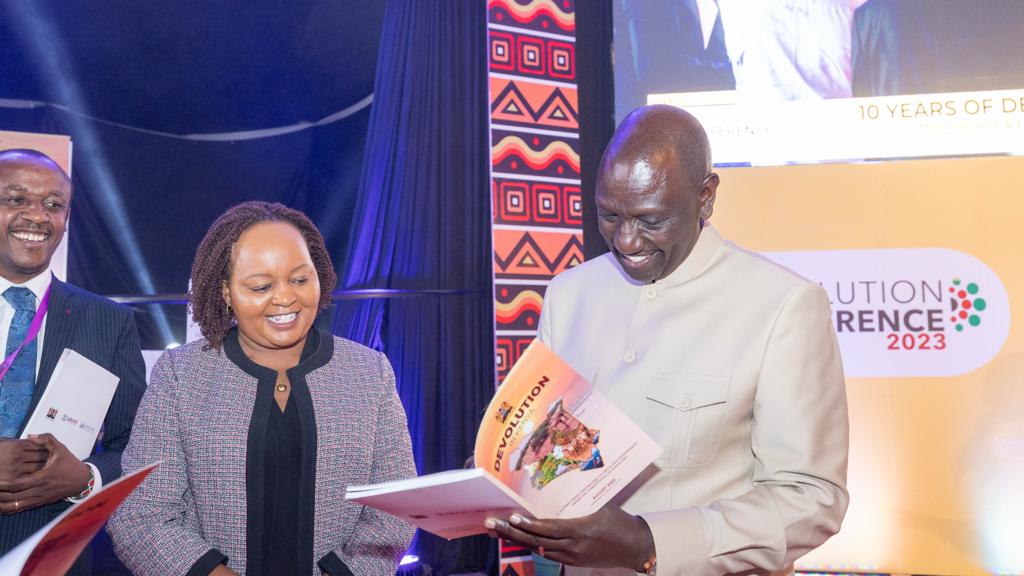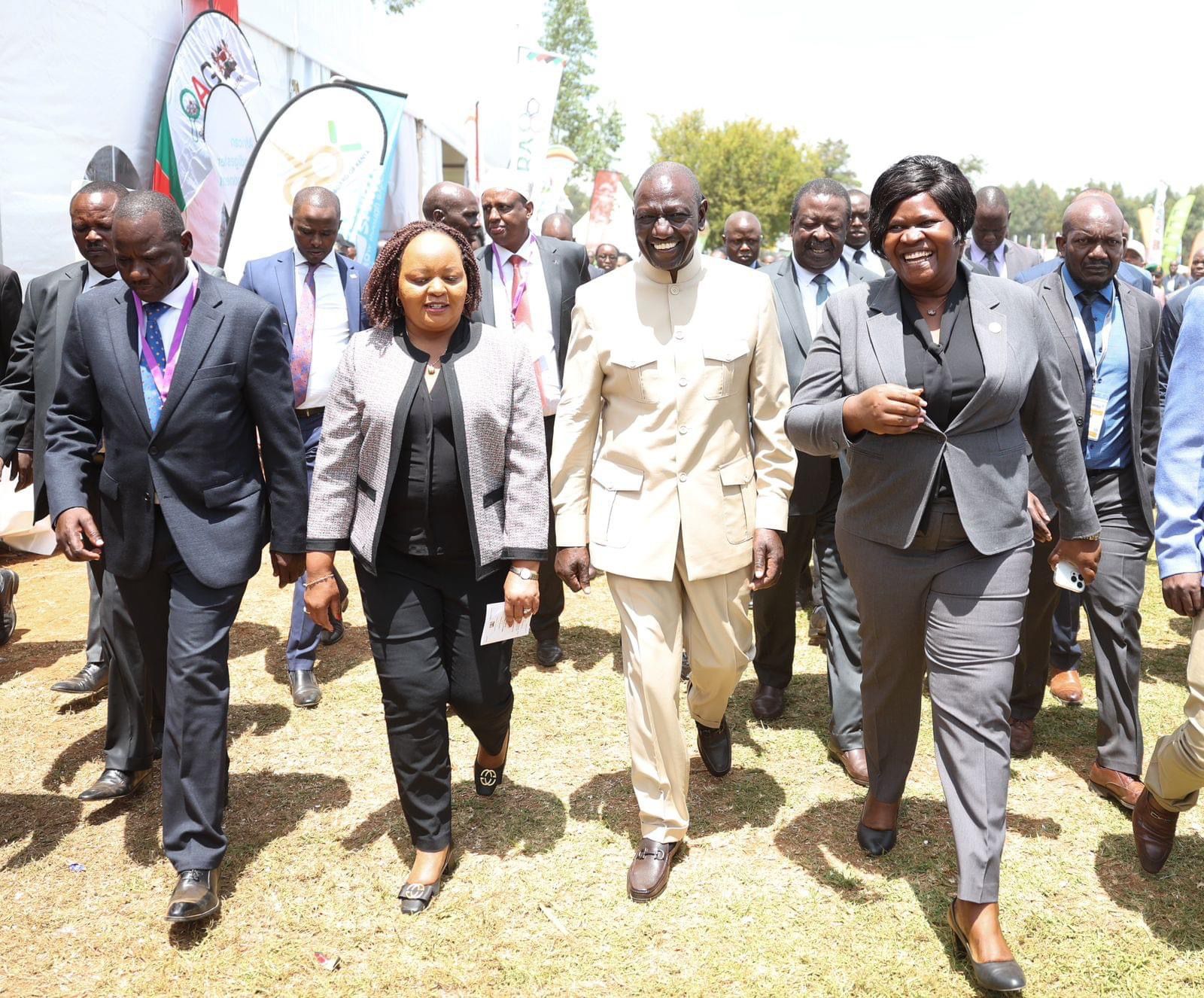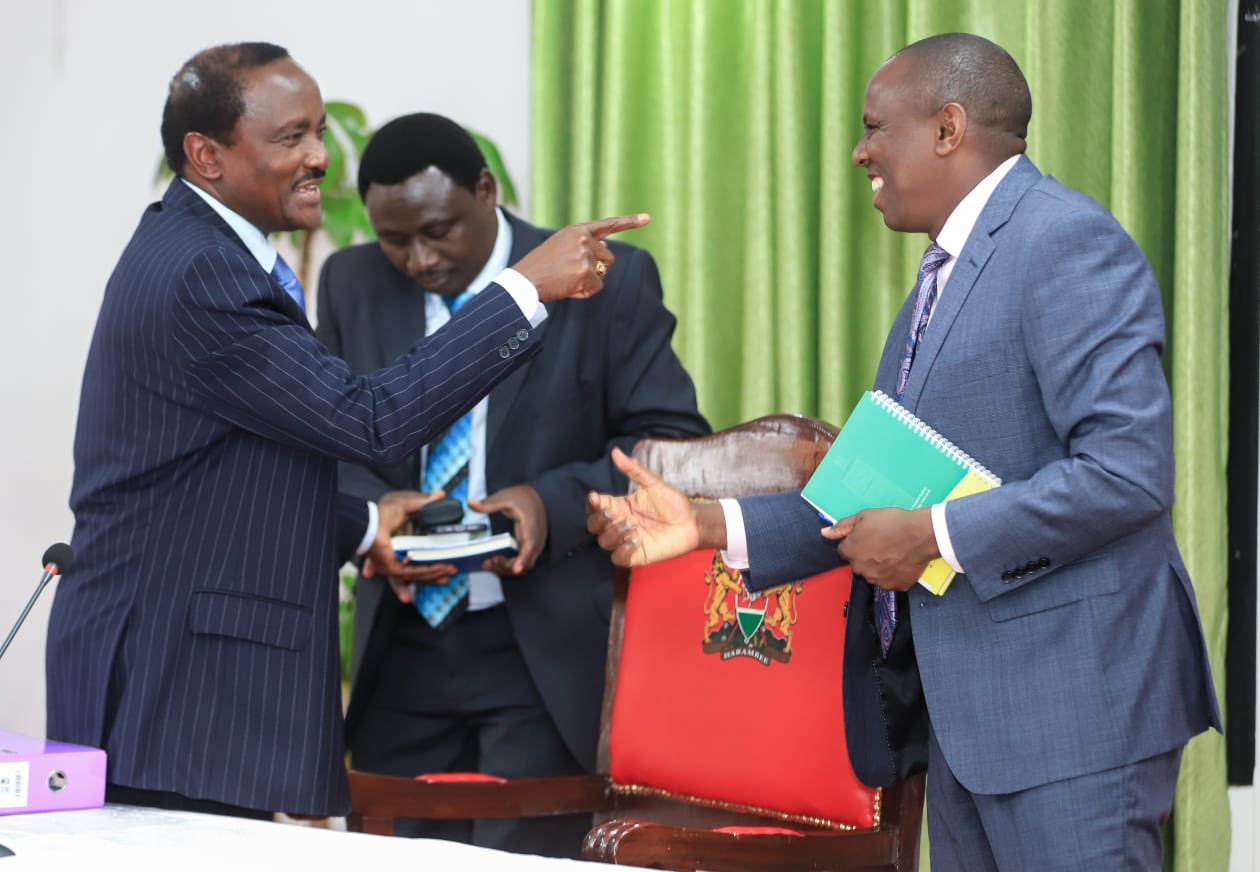In the annals of history, moments of visionary leadership have often led to transformative changes that shape nations and continents.
As we reflect on the Marshall Plan of 1948, an audacious initiative that breathed life into postwar Europe, we find a resonance in President William Ruto’s Panafricanism mission for an open and interconnected Africa.
Drawing parallels between these two initiatives, we explore how President Ruto’s vision aligns with the Marshall Plan’s principles and the potential benefits it could usher in for Kenya.
The Marshall Plan, heralded as one of the greatest acts of international generosity, was born from the rubble of World War II. Secretary of State George Marshall’s foresight led to the Economic Recovery Act of 1948, aimed at rebuilding a war-torn Europe. Fast forward to the present, and President Ruto’s Panafricanism mission echoes a similar call for unity and collaboration among African nations.
At its core, the Marshall Plan sought to restore economic stability, facilitate trade, and establish democratic governance in Europe. Likewise, President Ruto’s Panafricanism envisions an Africa where borders become bridges, fostering trade, commerce, and movement. His pursuit of visa-free travel across the continent resonates with Marshall’s emphasis on rebuilding infrastructure and economies.
President Ruto’s vocal stance on climate change, debt restructuring, and global financial management mirrors the Marshall Plan’s comprehensive approach. His appeal for debt relief for African nations parallels the Marshall Plan’s provision of capital and materials to Europe. By urging multilateral lenders to consider debt reliefs, President Ruto exhibits a commitment to Africa’s economic revival, much like the Marshall Plan aimed to revitalize Europe’s economies.
In President Ruto’s maiden address at the United Nations General Assembly, he set the stage for Kenya’s role as a catalyst for change. His call for all-inclusive global financial management aligns with the Marshall Plan’s focus on developing stable democratic governments.
By positioning Kenya as a key player in advocating for Africa’s interests, President Ruto steps into a role akin to the continental spokesperson envisioned by international relations scholars.
The opening up of Africa’s air, trade, and commerce through President Ruto’s Panafricanism holds profound implications for Kenya’s economic trajectory. Just as the Marshall Plan paved the way for American goods to find new markets, Kenya’s products like tea, coffee, flowers, and dairy could gain increased access to the African market.
A visa-free Africa not only promotes trade but also allows for the exchange of ideas, cultures, and innovations – a cornerstone of President Ruto’s vision.
As we draw parallels between the Marshall Plan and President Ruto’s Panafricanism, we find a convergence of aspirations: rebuilding nations, fostering economic prosperity, and strengthening international relations. The benefits for Kenya are manifold – an expanded market, increased export opportunities, and a flourishing labor market.
In a world grappling with challenges, the echoes of the Marshall Plan find resonance in President Ruto’s unwavering commitment to a united and prosperous Africa. Just as the Marshall Plan transformed Europe, President Ruto’s Panafricanism has the potential to reshape Africa’s destiny and elevate Kenya to a position of leadership and influence on the continental stage.
As the story unfolds, we watch with anticipation as Kenya takes bold strides towards a future where borders blur, economies thrive, and Africa rises as a beacon of hope and progress.








